If you’re a Star Wars fan, you probably either love or hate the elaborate lightsaber fights of the post-original trilogy. If you’re a member of the latter camp, Redditor tporter12609’s theory may convince you to join the light side of the opinion.
“One of the smaller criticisms I see directed towards Star Wars, especially the prequels, is that the fight scenes are ‘over-choreographed’ with lots of flips, spins, and flourishes thrown in,” the theory begins. “If you show these clips to real life master fencers, they’ll say things like ‘you would never do a move like this, if you did, you would die.” Fencing between normal humans is nothing like lightsaber fighting between Force-sensitive beings, the theory concludes, because “instead of being able to quickly react to the things they are seeing, they are reacting to things that haven’t yet happened.”
Citing the fight between Obi-Wan/Qui-Gon and Darth Maul from The Phantom Menace and the duel between Obi-Wan and Anakin from Revenge of the Sith, the Redditor explained how their exaggerated movement is necessary to counter Force-enabled pre-cognition:
“Their lightsaber touches are fast and light because they both need to prepare for the next strike, and they continue to speed up and become faster and lighter until they’re not even touching sabers, because they’re simultaneously trying to read their opponent’s move while also making theirs hard to follow. This isn’t even factoring in things like the added momentum you can give a move by spinning when you know that it will be safe.”
Most of the responses are in agreement with the theory, with some going so far as to say that it isn’t a theory; it’s established fact.
Of course, the dark side is represented.
As all Star Wars fans know, the prequel trilogy is far less acclaimed than the original trilogy. Lightsaber choreography is one reason for the disparity, as the fighting in the original trilogy is slow and realistic when compared to the fast and superfluous action of the prequels. If believed on a grand scale, this theory might improve popular opinion on the prequels and thus narrow the ratings gap between the trilogies.

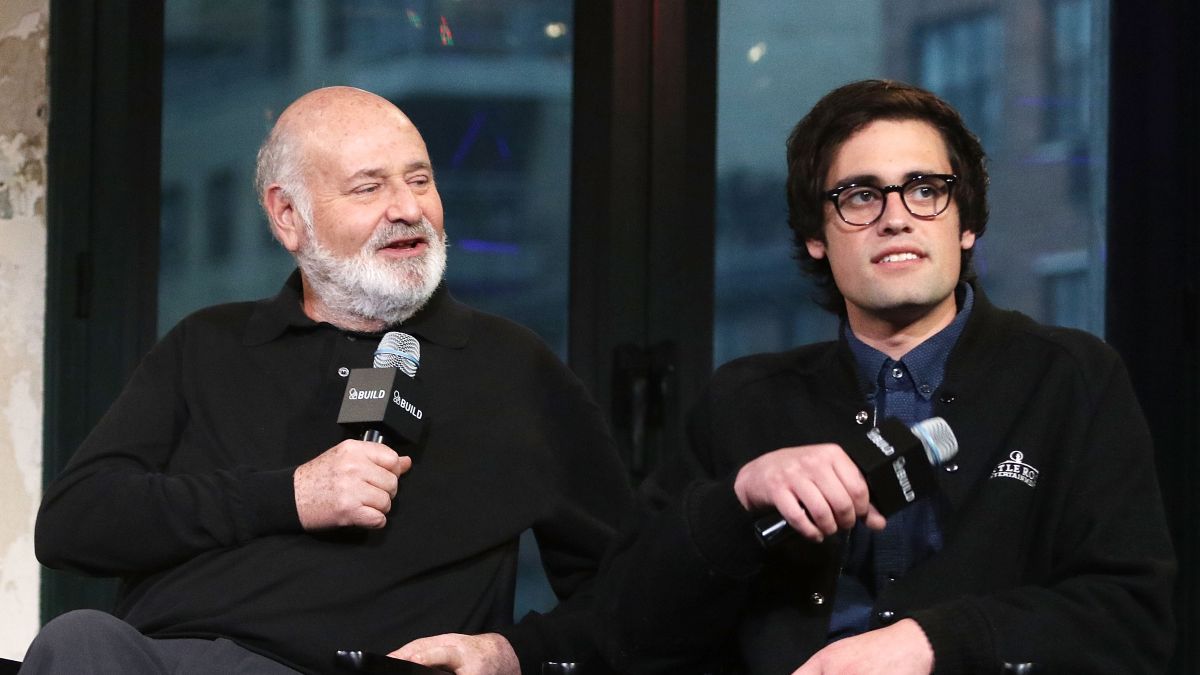
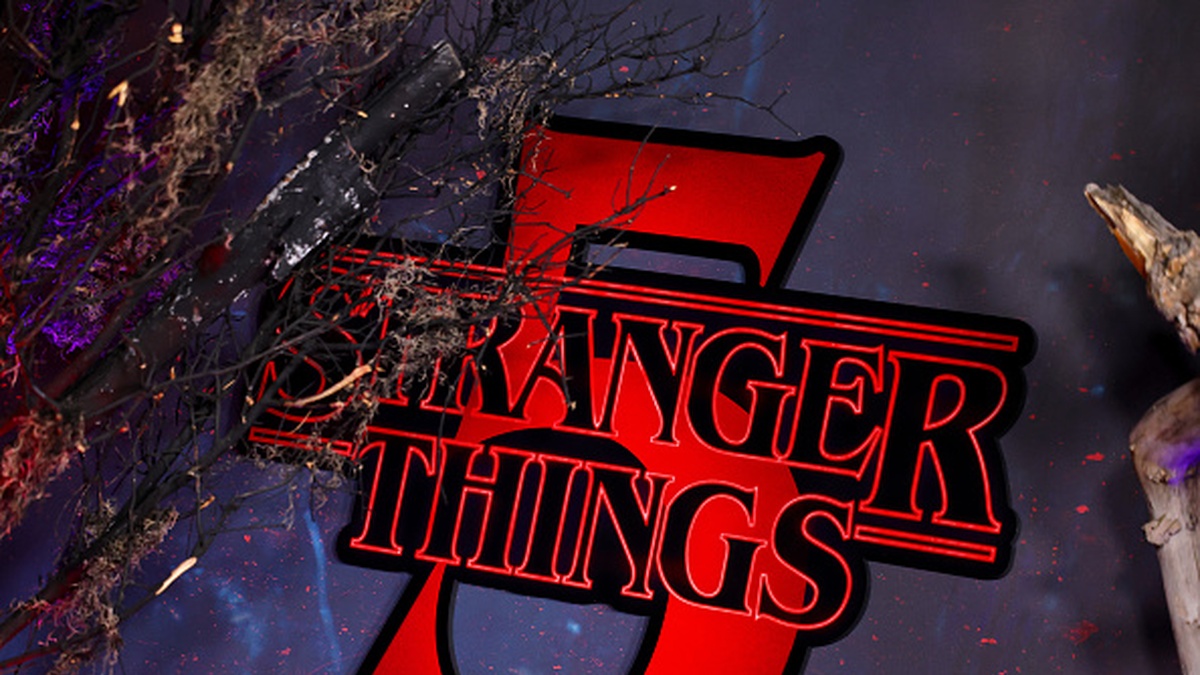

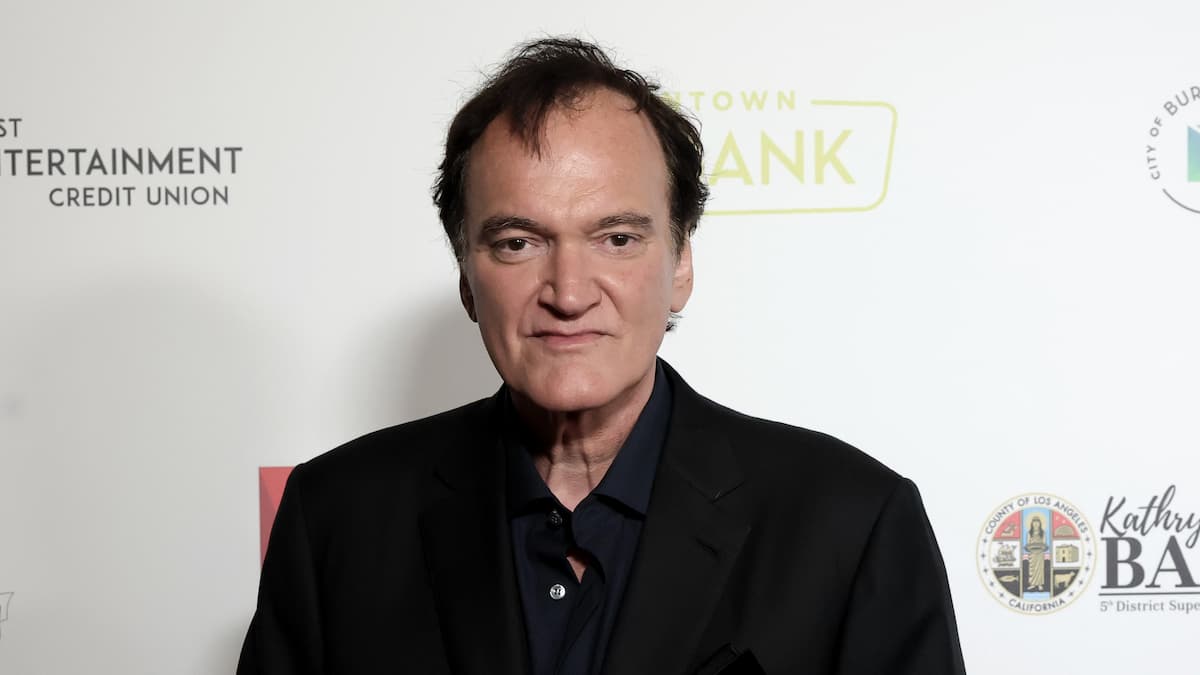
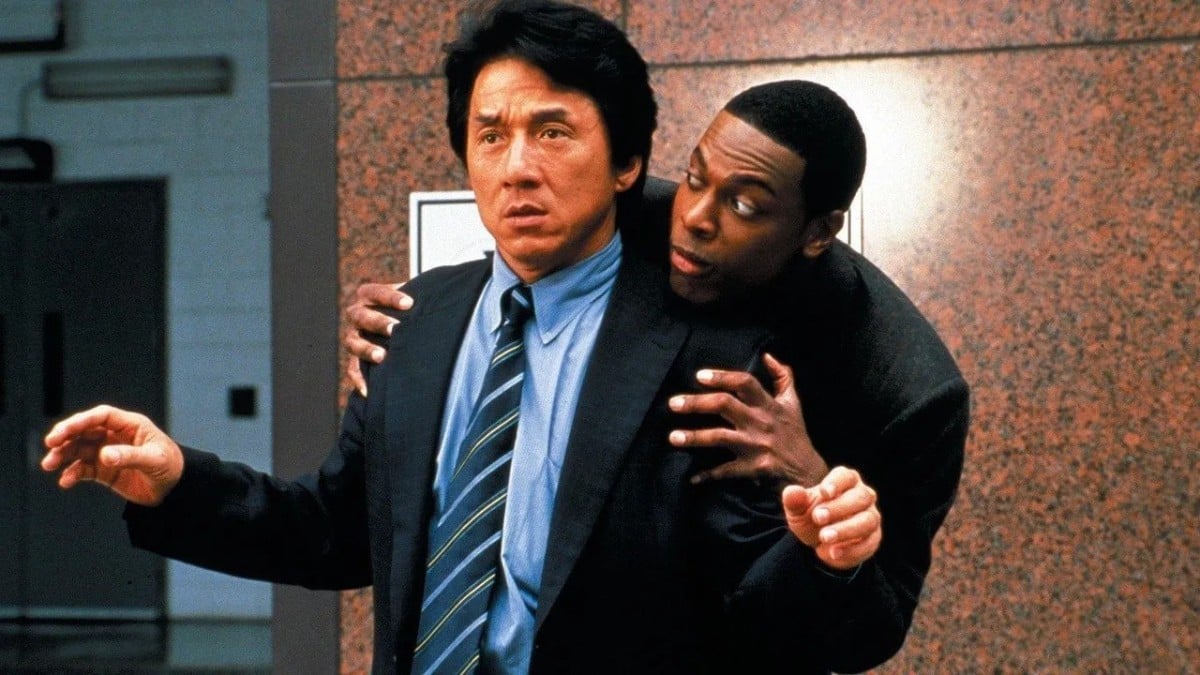
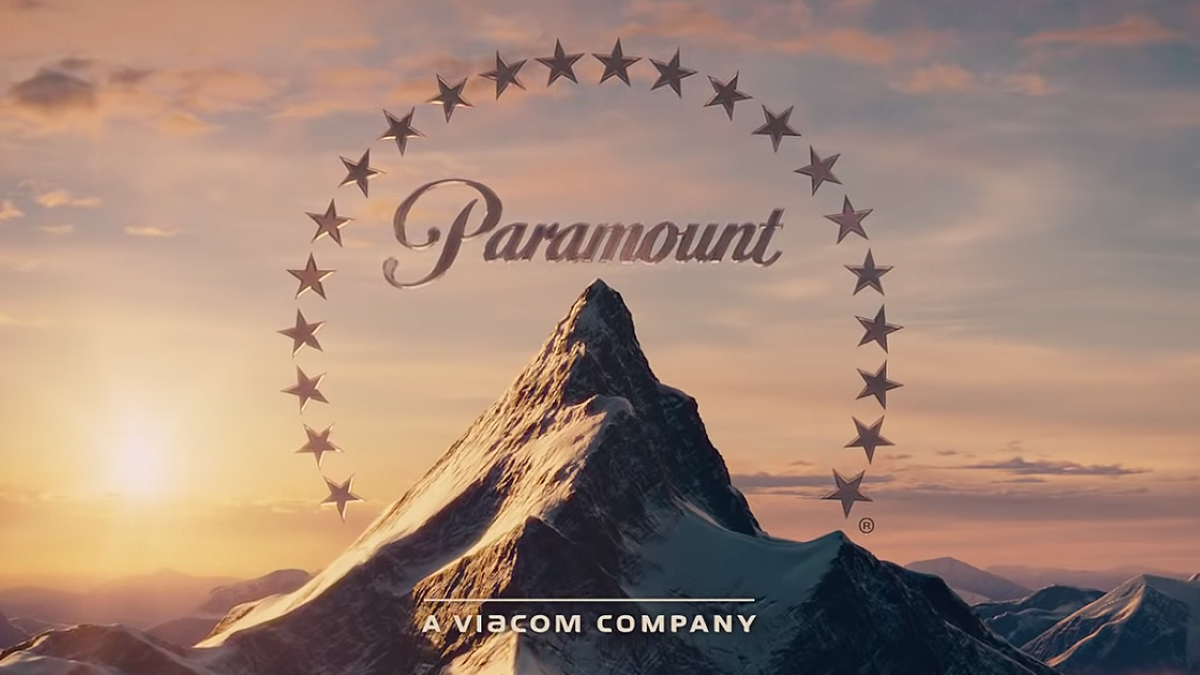
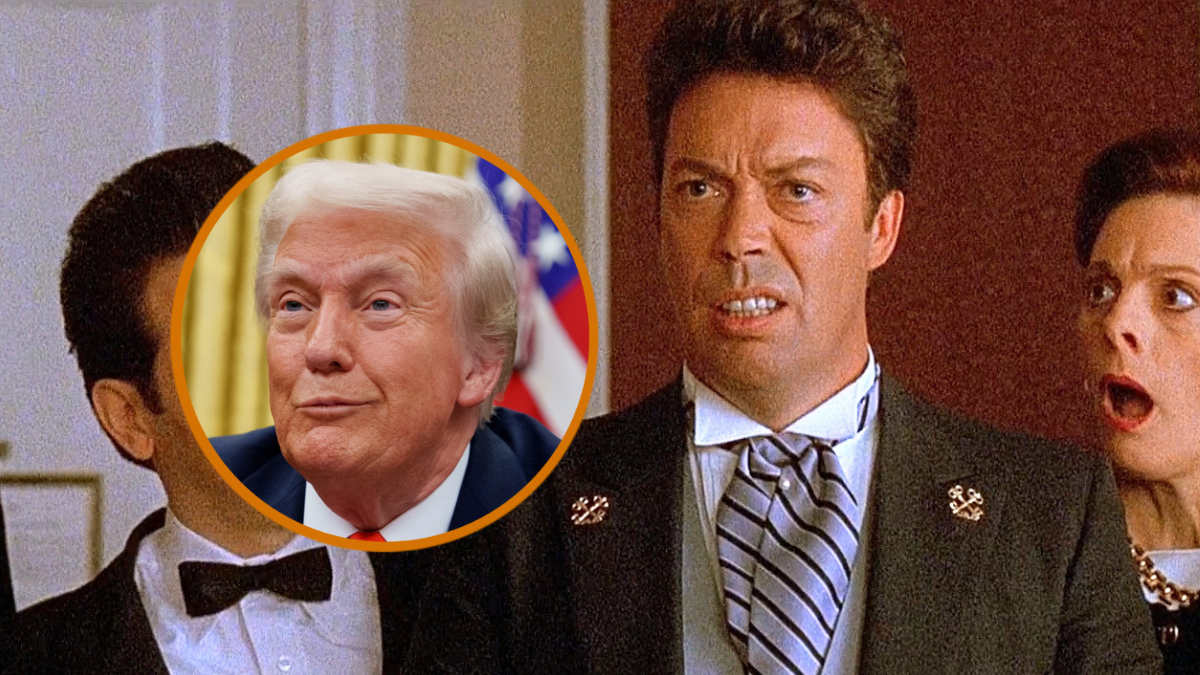
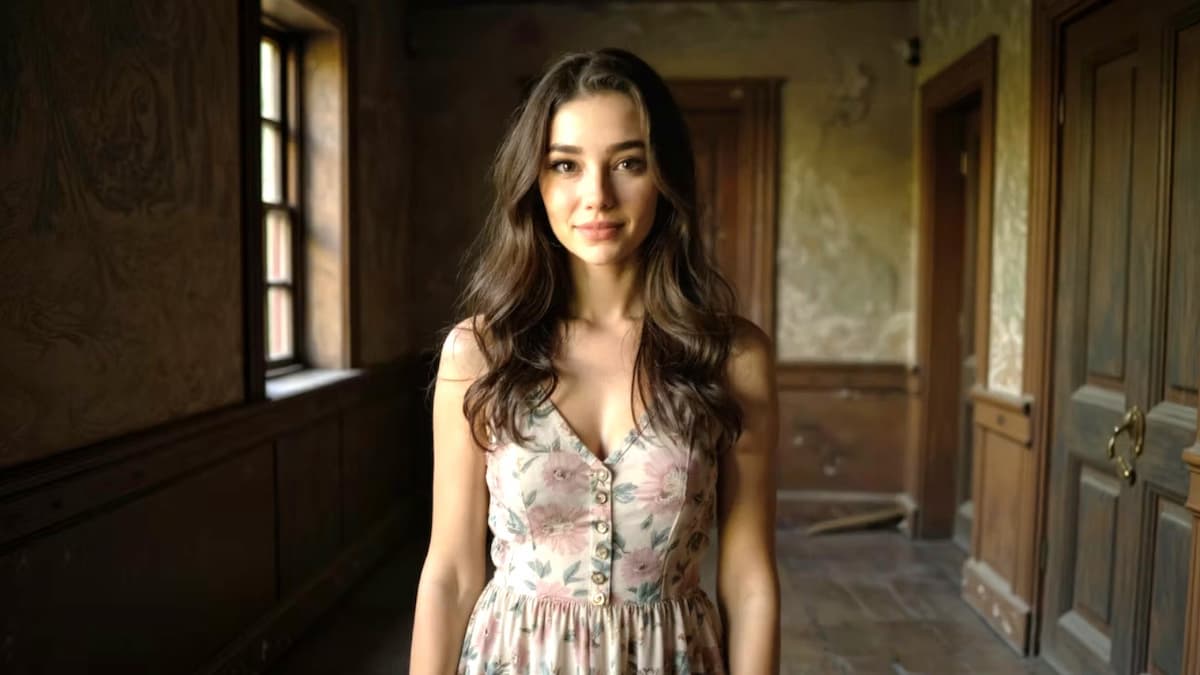
Published: Jun 19, 2022 01:55 pm